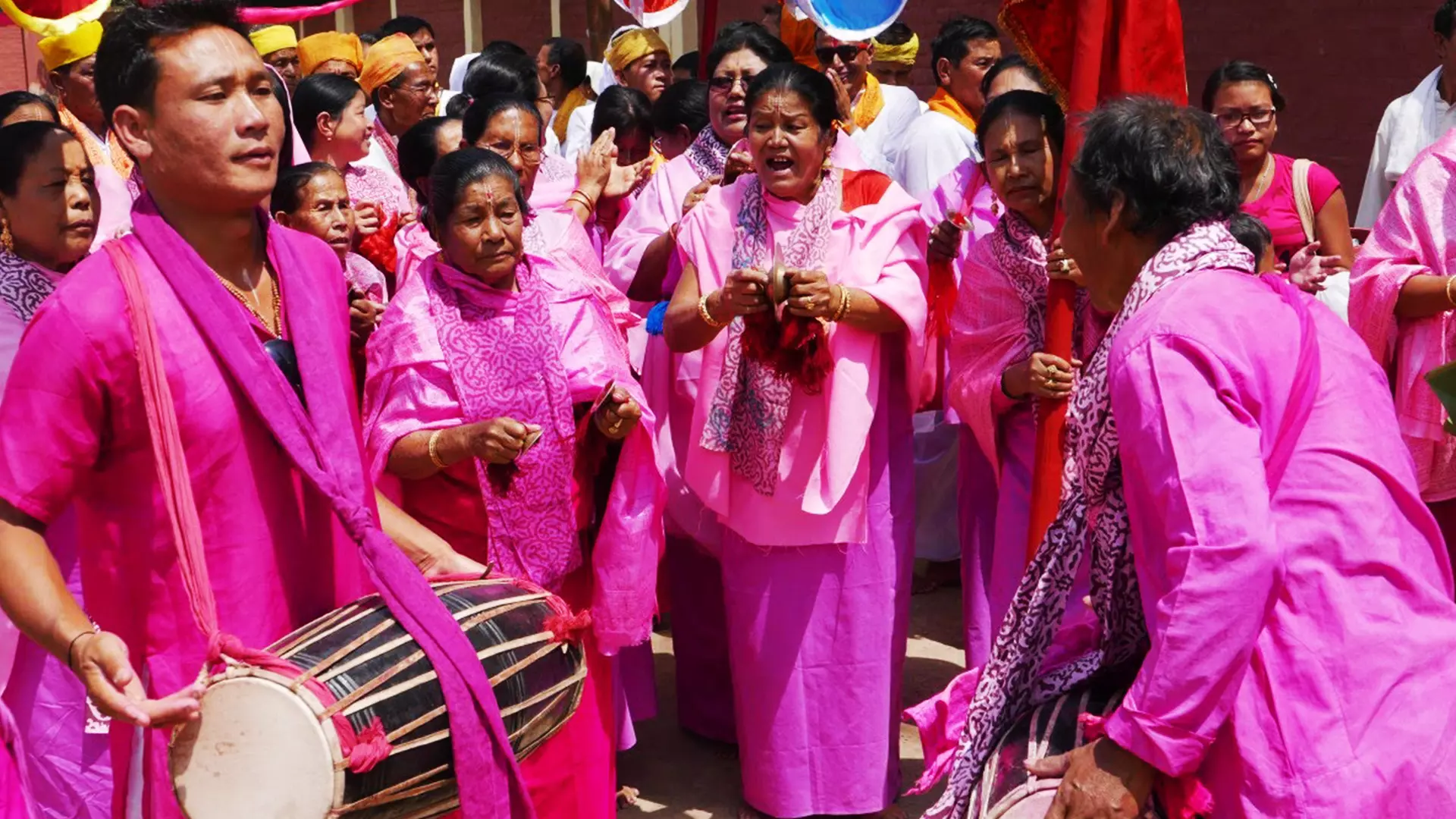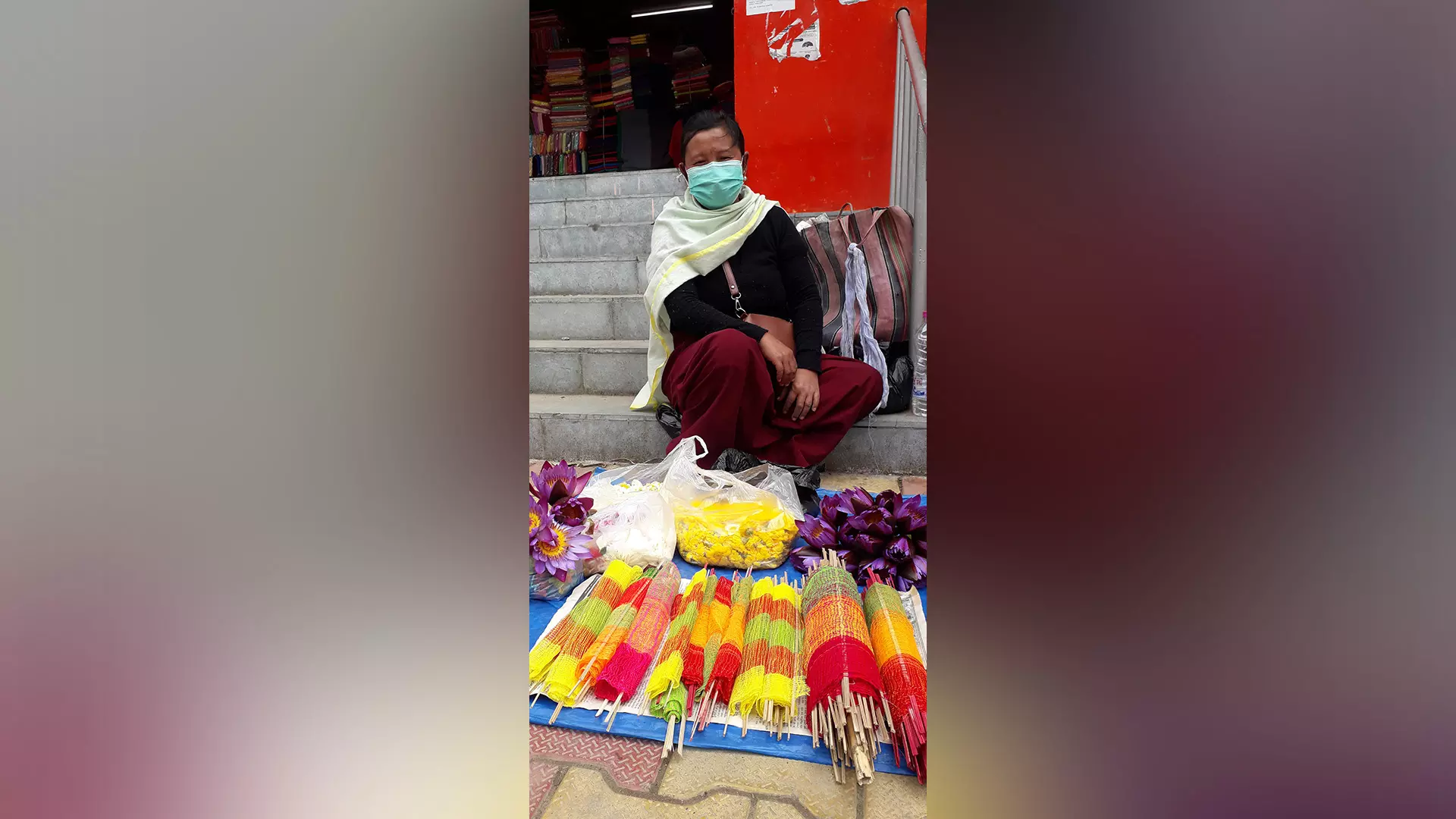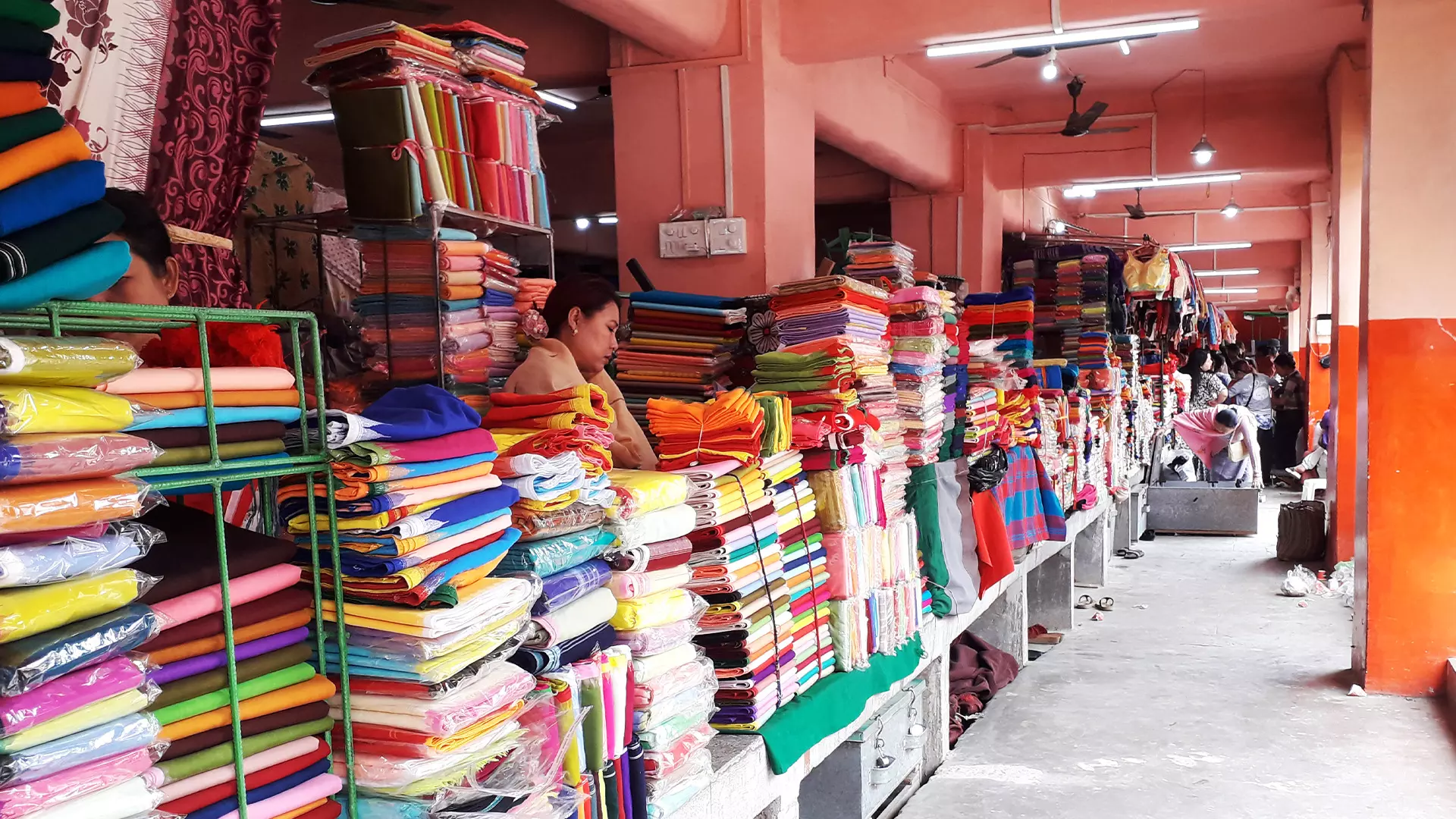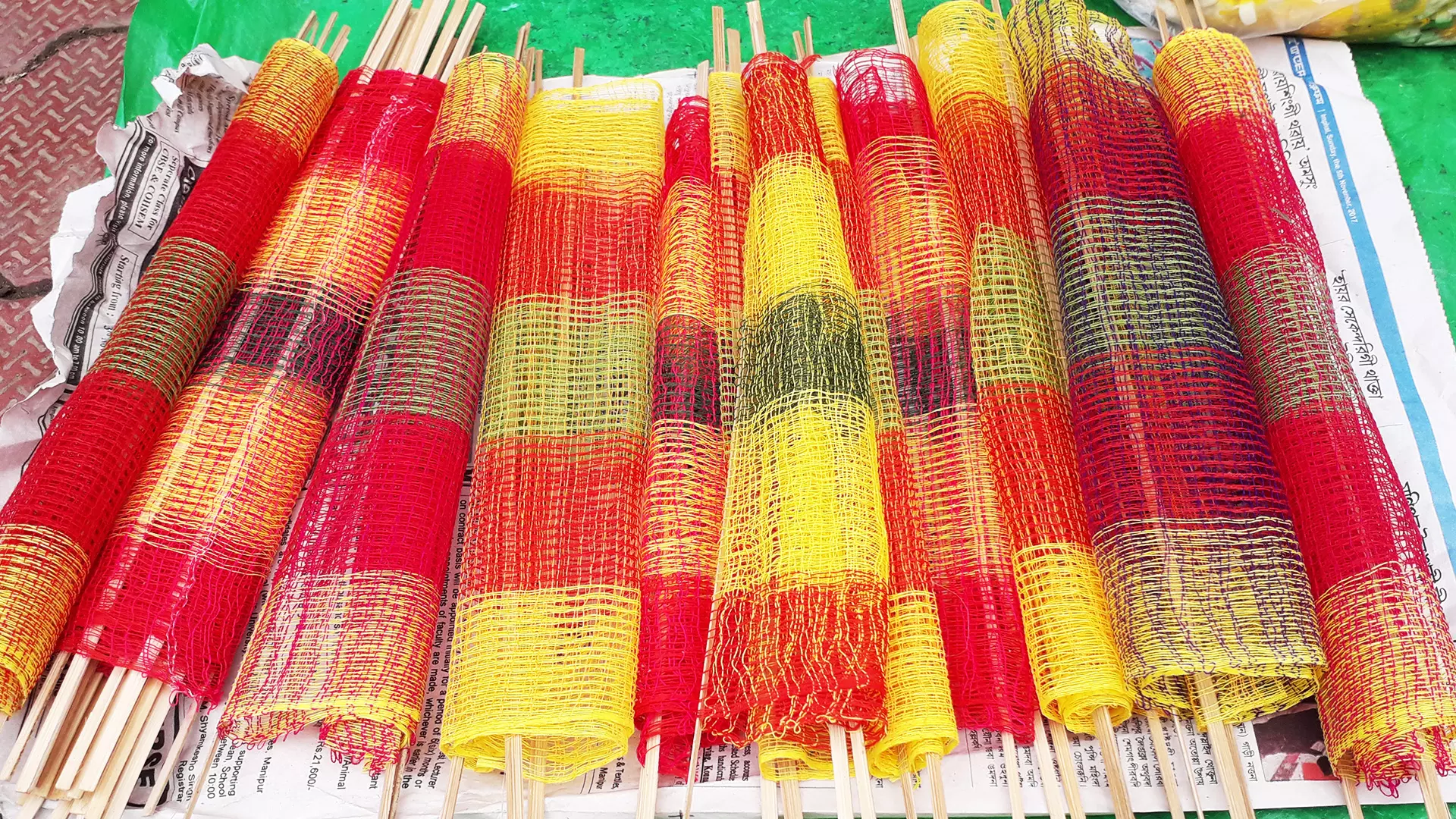
- Home
- India
- World
- Premium
- THE FEDERAL SPECIAL
- Analysis
- States
- Perspective
- Videos
- Sports
- Education
- Entertainment
- Elections
- Features
- Health
- Business
- Series
- In memoriam: Sheikh Mujibur Rahman
- Bishnoi's Men
- NEET TANGLE
- Economy Series
- Earth Day
- Kashmir’s Frozen Turbulence
- India@75
- The legend of Ramjanmabhoomi
- Liberalisation@30
- How to tame a dragon
- Celebrating biodiversity
- Farm Matters
- 50 days of solitude
- Bringing Migrants Home
- Budget 2020
- Jharkhand Votes
- The Federal Investigates
- The Federal Impact
- Vanishing Sand
- Gandhi @ 150
- Andhra Today
- Field report
- Operation Gulmarg
- Pandemic @1 Mn in India
- The Federal Year-End
- The Zero Year
- Science
- Brand studio
- Newsletter
- Elections 2024
- Events
- Home
- IndiaIndia
- World
- Analysis
- StatesStates
- PerspectivePerspective
- VideosVideos
- Sports
- Education
- Entertainment
- ElectionsElections
- Features
- Health
- BusinessBusiness
- Premium
- Loading...
Premium - Events

With a riot of colours, sweet servings, wholesome meals and exchange of warm wishes, the country is celebrating Holi. The festivities began yesterday with Holika Dahan, the ceremonial burning of Holika, an evil force in Hindu mythology.A state in India, however, is not celebrating. It has in fact not celebrated any festival since May 3, 2023. The colours of Holi are missing in...
With a riot of colours, sweet servings, wholesome meals and exchange of warm wishes, the country is celebrating Holi. The festivities began yesterday with Holika Dahan, the ceremonial burning of Holika, an evil force in Hindu mythology.
A state in India, however, is not celebrating. It has in fact not celebrated any festival since May 3, 2023. The colours of Holi are missing in Manipur.
Until last year, Holi was one of the biggest festivals celebrated in the state, with festivities lasting five days. The first full moon day of the Lamtaa season according to the Lunar calendar of the Meitei community, comprising mostly Hindus, marks the beginning of Holi or Yaoshang, as it is called in Manipur. The festival starts with Holika Dahan and continues for five days. As part of the celebrations, young boys and girls participate in the festivities forming circles and dancing while holding hands. Traditional sports such as horse riding and wrestling too see enthusiastic participation. Known as Yaosang, Holi has been celebrated in Manipur for three centuries, evolving from a indigenous agricultural celebration to include Hindu cultures.

A Manipuri woman with Holi articles at Ima Market.
But this year, local shops that used to be adorned with colourful pitchakaris (water toy guns) are conspicuous by their absence. The few that are open have no enthusiastic customers usual for this time of the year. The Ima market, or the women’s market, which used to be buzzing with people moving from shop to shop to buy traditional clothes and goodies for children and elders is wearing a deserted look.
The ongoing conflict between the Meiteis and Kukis has stripped Holi of its colours.
Until last year, sporting activities were a big attraction of Holi celebrations. Rallies usually started from Imphal’s Kangla where the sacred fire would be used to light up torches to be carried to the sporting venues of each locality. Many would throng Kangla or the former Palace of Manipur Kingdom with torches in their hands. The street of Imphal and other valley district would be filled with people in the marathon to collect the sacred fire. This year, there is dead silence in Kangla.
The violence in Manipur bordering Myanmar first erupted on May 3 when the Kuki tribal people who inhabit the hills clashed with the non-tribal ethnic majority Meitei living on the plains over sharing economic benefits and quotas given to the tribes. In September, the Manipur Police said 175 people have died with at least 5,172 cases of arson reported.
While there has been a relative calm, even if tense, following appeals from various local and civil society organisations, the festivities are damp.

No takers for Holi articles in Manipur markets this year.
“People are not celebrating Yaoshang this year to show solidarity to the thousands of displaced individuals in the state and dozens of people who have lost their lives over the past few months,” Shreema Ningombam, assistant professor at the department of Political Science in Nambol L. Sanoi College, told The Federal.
“Holi, however, isn’t the only casualty. The state it seems has forgotten to celebrate anything. Music concerts that are the life of the state have gone silent. This is compounding the tragedy. Artists are suffering because of a lack of work. Driven by desperations, some have even joined the musical band for marriage ceremonies,” she said.
The state’s economy is in disarray.
“The economy of the state is badly impacted. Women workers and entrepreneurs have taken the worst hit as they were forced to take a step back due to the near-total market shut down in the state,” Ningombam said.
Festivals allow people to leave their worries aside and enjoy quality time with near and dear ones. The absence of celebrations is likely to further compound the crisis in Manipur.
The situation is worst for those living in relief camps. As part of Yaoshang, Manipur observes Nakatheng, under which children go to the homes of their neighbours or relatives to collect gifts of coins and currency notes. With their houses burnt and destroyed, the children have lost their neighbours too.
“Children enjoy Holi the most. The fact that they cannot celebrate entrenches their trauma caused by the sight of violence all around. Yaoshang is a community celebration and the locality holds a great significance in the festival. For the internally displaced individuals who have lost their homes, where would a child hold a pitchkari to sprinkle water and run to hide at a corner in the locality. Which doors will the children known at to celebrate Nakatheng. All their joys and happiness is confined to the camps,” Ningombam said.
The pervasive sadness seems to be having a rubbing impact.

“For the sake of the children in the camp, efforts were made to prepare to organise Yaoshang festivities, but considering the fact that the localities around the camp are also not celebrating, we stopped,” said Tomba (name changed), an original inhabitant of Churachandpur , who is currently living at the Thongju Kendra Relief Camp.
In the relief camp where Tomba stays, children in their school uniforms are silently appealing for peace to return, with the limited means at their disposal. They are scribbling and drawing on the walls of the camp with themes of ‘My Home’ and ‘Every war is a war against children’ resonating in their works.
At a residential area of Khwairakpam Ibopishak, this reporter found an elderly man walking around the locality gathering bamboo and other essential materials for making the straw hut to perform the rituals of Yaoshang.
“It is not the same. I don’t think it will ever be the same. Our lives are scarred forever. I am not celebrating but just performing the rituals that have to be performed during festivals,” Ibopishak said.
Those dependent on Yaoshang celebrations for their livelihood are also sad.
“Until last year, I would make Rs 4,000 in just two days. But this year, I have made just about Rs 1,000 over more than one week of setting my shop,” said Monbi Ningthoujam, who sells colourful flags for the ritual hut at Ima Market.

